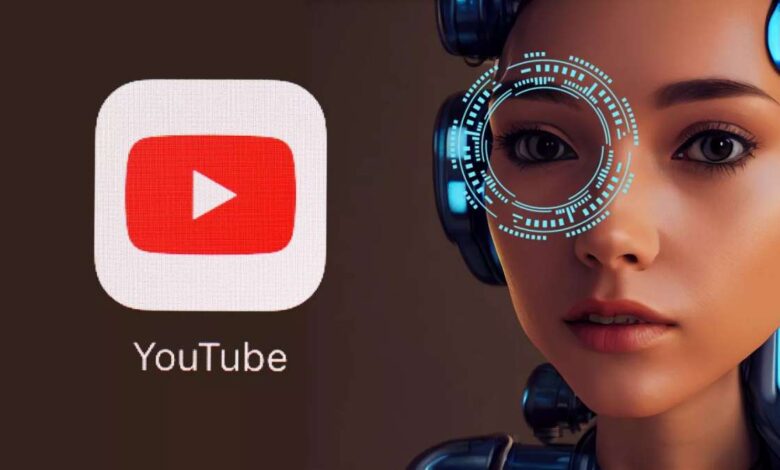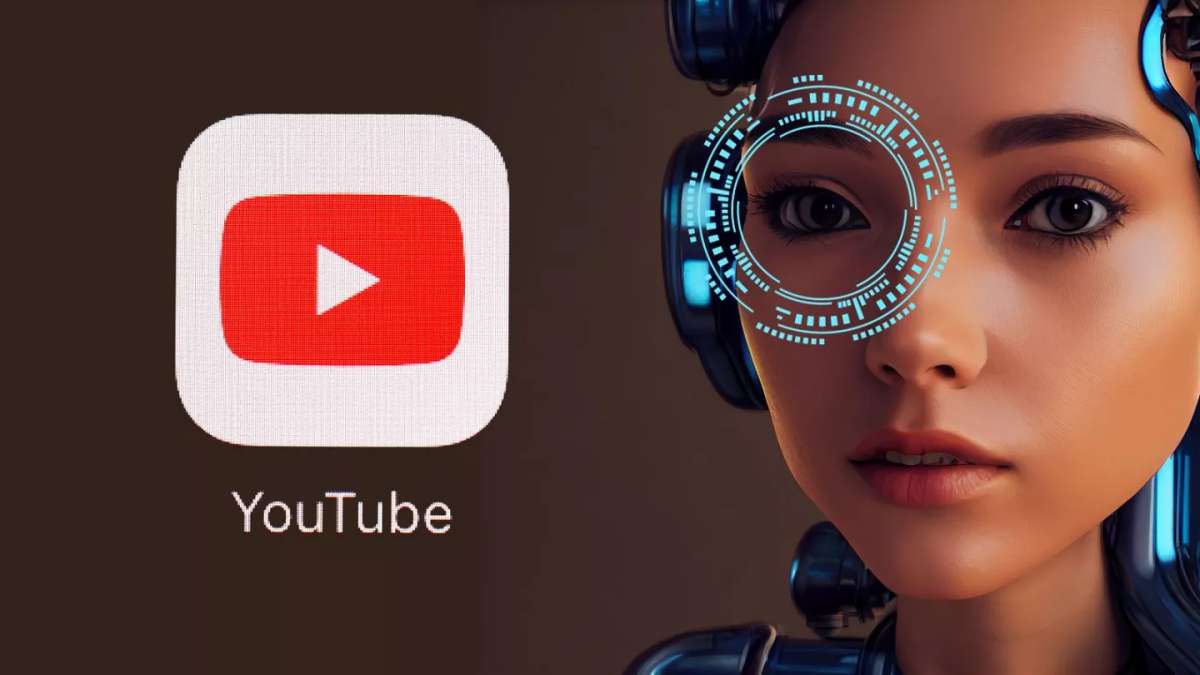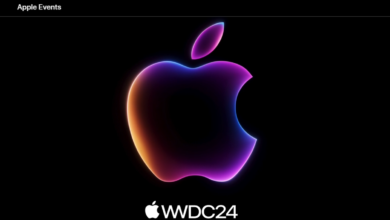Generative AI is Taking Over YouTube

Generative AI is transforming, well, everything. From graphic design to software engineering, we now have incredibly powerful new tools to help us work better and faster.
Wherever you turn at the moment, someone is advocating the wonders of AI – or warning against the risks it poses.

If you’re finding it hard to make sense of the hype, MongoDB’s guide to generative AI is a great place to get to know what it is and what it isn’t, and to understand how it’s being used to revolutionize your favourite corner of the internet.
It’s no wonder that all the tech giants are keen to get in on this new technology. Recently Apple declared AI would set them apart from their competition. But Google aren’t dragging their heels either, and generative AI is already changing the way people use some key Google platforms.
YouTube, home to millions of creators literally billions of videos, is no different. The Google platform announced a raft of new AI features towards the end of 2023, and they’re already starting to change the way creators work.
Editing content
The introduction of the Shorts format gave YouTube creators a whole new way of engaging with their audience.
But it also meant potentially double the editing work for anyone who didn’t want to give up on the long form content their audience loves them for.
Now, generative AI is helping creators like the pop culture commentator imUregency turn their long-form videos into 30 second snippets for Shorts by quickly cutting together sections of the video and adding captions.
As we see the editing process speed up, we can expect to see the growth in content on the platform explode.
Dreaming up content
AI isn’t just helping in post-production. It can play a role right from the very start of the process.
Last September YouTube announced a new feature that will see AI generate topic ideas and outlines for possible new videos.
These won’t be generic suggestions based only on trending videos, but ideas specific to individual creators based on what they’ve produced before.
Many creators are already using generative AI tools to dream up new ideas for their channel.
Some, like art how-to creator TheDanocracy, have been able to develop entirely new series of videos based on new abilities provided by AI.
For YouTube viewers, this means more and more innovative new videos and less rehashing of tried and tested content ideas.
Viewer engagement
AI’s influence on YouTube isn’t just limited to the content itself. It’s also hard at work driving discussions in the comments sections.
One recent new YouTube AI feature can sort long comment threads into topics and themes to make them easier to navigate.
This will make it easier for new viewers to get caught up with the discussion the video has generated.
But the creators are then also able to use these summaries to either join the discussion with their audience or even create new content based on the responses. This means more and better engagement between audiences and their favourite creators.
While this is of course exciting, it does come with a new set of concerns.
On the one hand, it allows creators to produce more content and engage with more people. This is great.
But on the other, this has left some viewers less certain about what they’re seeing on the platform. This worry is exacerbated by the disturbing surge in deepfakes over recent years.
For this reason, YouTube now insists that creators report if they used generative AI in their video to produce a scene that didn’t really happen. That might be creating a semblance of a person who wasn’t there, or making it look like it took place in a different location by using the Dream Screen feature or something else.
As is often the case when new technology explodes, the important thing is that it’s managed effectively, so no one is able to use it for suspect ends. Given YouTube could be one corner of the internet where GenAI could be truly transformative, it’s great to see them taking a responsible approach to its uses.



